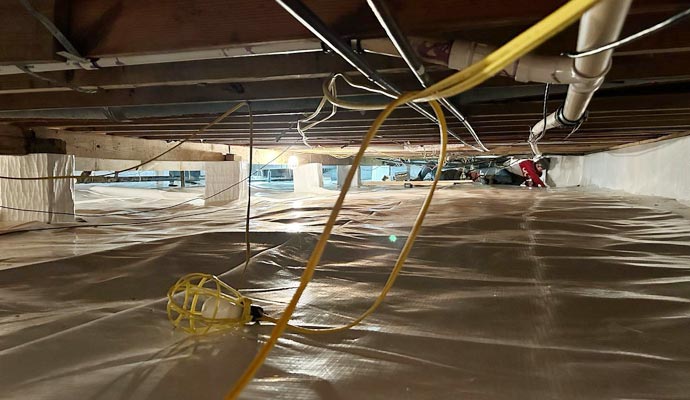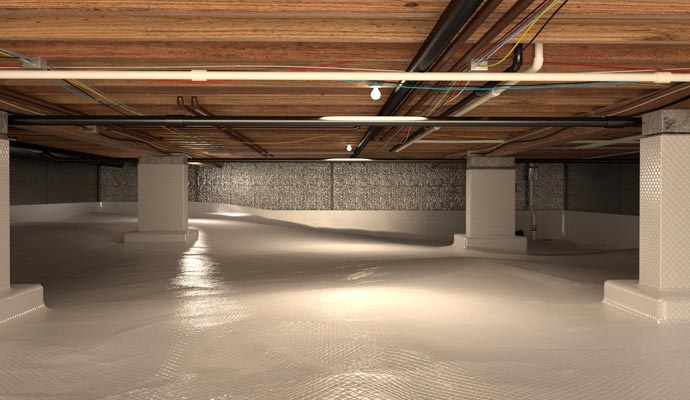
Should You Vent Your Crawl Space? Why Sealing It Tight Is the SmartCrawl Solution
For decades, homeowners were told: “Your crawl space needs to breathe.”
Building codes across the U.S. - especially in humid regions like the Southeast—required open foundation vents to “let fresh air flow” beneath the home.
It sounded logical. Fresh air in, stale air out. Moisture control through ventilation.
But here’s the truth SmartCrawl has proven again and again:
That old-school advice is dead wrong.
Instead of keeping your crawl space dry and healthy, open vents often invite the very moisture, mold, and humidity problems they were meant to prevent.
Let’s crawl into the facts.
317-386-7515
Why Vented Crawl Spaces Fail (and Fast)
Imagine a hot, sticky summer afternoon in the South. The air outside is thick with humidity—your sweet tea is sweating before you even take a sip. Now, that warm, damp air enters your shaded, cooler crawl space.
What happens next?
Condensation. Everywhere.
Your crawl space becomes the equivalent of an uninsulated glass of iced tea in August—moisture collects on every surface: wood beams, insulation, pipes, and vapor barriers.
That moisture doesn’t just sit there. It soaks into the structure of your home, leading to:
Vents Actually Increase the Moisture Content of the Crawl Space Air
According to an article in Builder Magazine from October 2005, titled "Closing the Crawl," and I quote, "Almost all vented crawl spaces have mold. We call them mold amplification and delivery devices... [they] mold to an airborne trigger." That's right, your "ventilated" crawl space might actually be a mold factory, pumping spores directly into your home. Not exactly the fresh air you were hoping for, is it?
The article goes on to explain that researchers from Advanced Energy (a non-profit organization dedicated to improving building performance) found that conventional wisdom was leading to big problems. In humid climates, open vents actually increase the moisture content of the crawl space air, leading to higher humidity levels than even the outside air. It’s like trying to dry off with a wet towel – it just doesn't work!
So, for those of us in the sticky, swampy Southeast, the idea of permanently sealing off those foundation vents might seem radical. "Are they crazy?!" you might exclaim, thinking of Grandma's house with its perpetually open vents. But the science, as the Builder Magazine article clearly lays out, is unequivocally in favor of a closed, conditioned crawl space in our climate.

Seal. Insulate. Condition.
By sealing off the vents, insulating the crawl space walls, and often introducing a small amount of conditioned air from your home's HVAC system or a dedicated dehumidifier, you can transform that dank, moldy abyss into a dry, healthy part of your home. Think of it as giving your crawl space its own little climate control.
It might seem counter-intuitive at first, especially with decades of traditional building practices telling us otherwise. But the evidence is clear: for a healthy, dry home in the humid Southeast, closing those crawl space vents isn't crazy at all. In fact, it's the smartest, most sensible thing you can do. Your lungs (and your house's foundation) will thank you!
Still Have Questions About Your Crawl Space? We're Here to Help!
Reach out to Heartstrong Crawl space for a consultation, and let's get your crawl space healthy and happy. What concerns do you have about your crawl space?
317-386-7515



